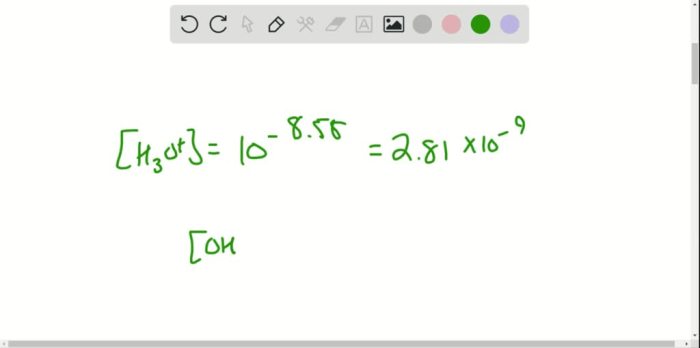Embark on an illuminating journey with the Periodic Trends Worksheet 1 Answer Key, your trusted guide to deciphering the enigmatic patterns that govern the elements. This comprehensive resource unveils the intricacies of atomic radius, ionization energy, and electronegativity, empowering you with a deeper understanding of the periodic table’s captivating tapestry.
Delve into the depths of periodic trends, unraveling the fundamental principles that shape the behavior of elements across the periodic table. Explore the interplay of atomic structure and chemical properties, gaining insights into the periodic table’s predictive power.
Periodic Trends
Periodic trends refer to the predictable changes in the chemical and physical properties of elements as their atomic number increases. These trends can be observed by arranging the elements in the periodic table, which is a tabular arrangement of elements organized by their atomic number, electron configuration, and recurring chemical properties.
Atomic Radius
Atomic radius is the distance from the nucleus to the outermost electron shell of an atom. As we move across a period (from left to right) in the periodic table, the atomic radius generally decreases. This is because the effective nuclear charge increases as we add protons to the nucleus, attracting the electrons more strongly and reducing the atomic radius.
Moving down a group (from top to bottom) in the periodic table, the atomic radius generally increases. This is because new energy levels are added as we move down a group, increasing the distance between the nucleus and the outermost electron shell.
Ionization Energy, Periodic trends worksheet 1 answer key
Ionization energy is the energy required to remove an electron from an atom in its gaseous state. As we move across a period in the periodic table, the ionization energy generally increases. This is because the effective nuclear charge increases, making it more difficult to remove an electron.
Moving down a group in the periodic table, the ionization energy generally decreases. This is because the distance between the nucleus and the outermost electron shell increases, making it easier to remove an electron.
Electronegativity
Electronegativity is the ability of an atom to attract electrons towards itself in a chemical bond. As we move across a period in the periodic table, the electronegativity generally increases. This is because the effective nuclear charge increases, making it more difficult for the atom to share electrons.
Moving down a group in the periodic table, the electronegativity generally decreases. This is because the distance between the nucleus and the outermost electron shell increases, making it easier for the atom to share electrons.
Essential FAQs: Periodic Trends Worksheet 1 Answer Key
What is the significance of the periodic table?
The periodic table serves as a systematic arrangement of elements, showcasing their atomic number, electron configuration, and recurring chemical properties. It enables the prediction of an element’s behavior based on its position within the table.
How does atomic radius vary across the periodic table?
Atomic radius generally decreases from left to right across a period (row) due to the increasing nuclear charge and the same number of electron shells. Conversely, it increases down a group (column) as new electron shells are added.
What factors influence ionization energy?
Ionization energy is affected by factors such as atomic radius, nuclear charge, and electron configuration. Smaller atoms with higher nuclear charges tend to have higher ionization energies.
